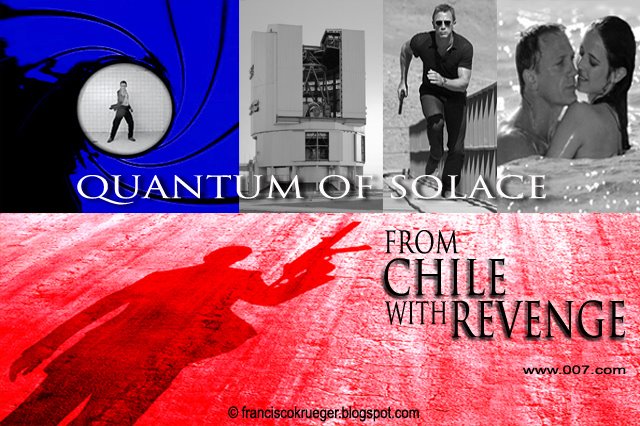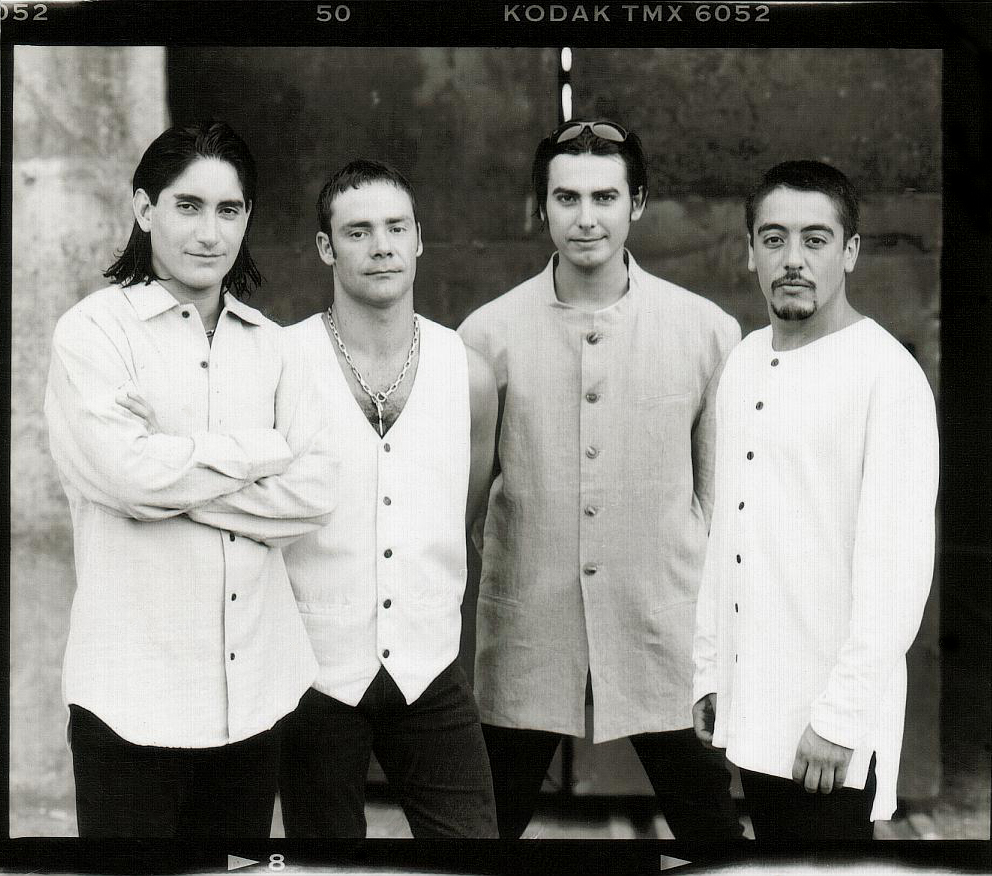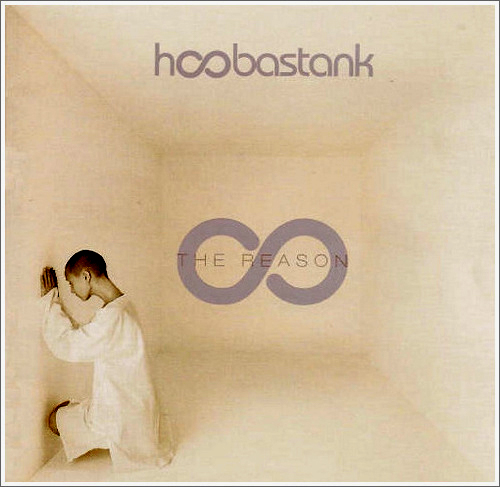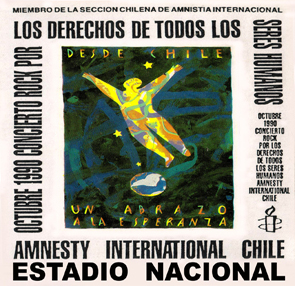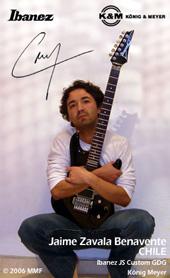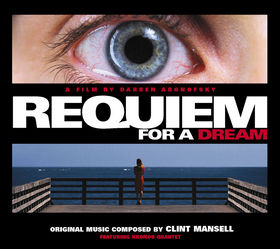 James Cameron's Titanic is a 1997 American romantic drama film directed, written, and co-produced by James Cameron about the sinking of the RMS Titanic. It stars Kate Winslet and Leonardo DiCaprio as Rose DeWitt Bukater and Jack Dawson respectively, members of different social classes who fall in love aboard the ill-fated 1912 maiden voyage of the ship. Bill Paxton plays Brock Lovett, the leader of a treasure hunting expedition, while Gloria Stuart has the role of the elderly Rose, who narrates the story in 1996. The film was both a critical and commercial success, winning eleven Academy Awards including Best Picture, and became the highest grossing film of all time, with a total worldwide gross of US$1.8 billion.
James Cameron's Titanic is a 1997 American romantic drama film directed, written, and co-produced by James Cameron about the sinking of the RMS Titanic. It stars Kate Winslet and Leonardo DiCaprio as Rose DeWitt Bukater and Jack Dawson respectively, members of different social classes who fall in love aboard the ill-fated 1912 maiden voyage of the ship. Bill Paxton plays Brock Lovett, the leader of a treasure hunting expedition, while Gloria Stuart has the role of the elderly Rose, who narrates the story in 1996. The film was both a critical and commercial success, winning eleven Academy Awards including Best Picture, and became the highest grossing film of all time, with a total worldwide gross of US$1.8 billion.
Plot

In 1997, treasure hunter Brock Lovett and his team explore the wreck of the RMS Titanic searching for a necklace called “Heart of the Ocean”. They discover a drawing of a young woman reclining nude, wearing the Heart of the Ocean, dated the day the Titanic sank. News of this drawing on television attracts the interest of the woman in question, Rose Dawson Calvert, now 100, who claims to be the nude woman in the drawing. She and her granddaughter Lizzy visit Lovett on his ship, and recalls her memories as 17-year-old Rose DeWitt Bukater aboard the Titanic. In 1912, young Rose boards the departing ship with the upper-class passengers and her mother, Ruth DeWitt Bukater, and her fiancé, Caledon Hockley. Distraught and frustrated with her engagement to Cal and controlled life, Rose attempts to commit suicide, but a drifter and artist named Jack Dawson intervenes. They strike up a tentative friendship as he shares stories of his adventures traveling and sketching, and their bond deepens when they leave the first-class formal dinner for a much livelier gathering in third-class.
Cal is informed of her partying in the steerage and forbids Rose to meet Jack again. Eventually, Jack confronts Rose alone, but she is inclined to ignore their growing affection because of her engagement and responsibilities. However, Rose later changes her mind and decides to offer her heart to Jack in a forbidden romance. As a sign of her affection, she asks him to sketch her nude wearing only the "Heart of the Ocean." Afterward the two run away from Hockley's manservant, Spicer Lovejoy, where they go below decks to the cargo hold. They enter a car and have sex, and afterwards escape up to the ship's forward well deck. Rose decides that she will leave the ship with Jack. They then witness the ship's collision with an iceberg. Cal discovers Rose's nude drawing. He plots revenge, deciding to frame Jack for stealing the "Heart of the Ocean", and bribes the master-at-arms to handcuff and trap Jack in a room. Although Rose is at first indecisive, she later runs away from Cal, risking her chances of getting on a lifeboat with her mother, in order to find and rescue Jack.

Rose manages to free Jack with a fire axe, and finds that the third-class passengers are trapped below decks. Frustrated, Jack breaks through a gate, allowing Rose and others to make their way to the boat deck. Cal and Jack manage to persuade Rose to board a lifeboat, but after realizing that she cannot leave Jack, Rose jumps back on the ship and reunites with Jack in the ship's first class staircase. Infuriated, Cal takes Lovejoy's pistol and chases Jack and Rose down the decks and into the first class dining saloon. After running out of ammunition, he angrily shouts at them to die and realizes that he unintentionally gave Rose the diamond. Hockley returns to the boat deck and gets aboard Collapsible A by pretending to look after an abandoned child. This is one of only two lifeboats remaining on the ship. Although Jack and Rose manage to avoid Cal's fury, they find that the lifeboats are gone. With no other options, they decide to head after and stay on the ship for as long as possible before it sinks completely. Eventually, the ship breaks in half and begins its final descent, washing everyone into the freezing Atlantic waters. Jack and Rose are separated under the water, but eventually reunite. Around them, well over a thousand people are dying a painful death from hypothermia. Meanwhile, in Lifeboat 6,
Margaret "Molly" Brown tries to convince Quartermaster Robert Hichens to go back and rescue people, as there is plenty of room, but he refuses, thinking the boat will be swamped. Jack manages to grab hold of a wall paneling, and gets Rose to lie on it. While lying on the wall paneling, Jack makes Rose promise that, whatever happens, she gets out alive. When Fifth Officer Harold Lowe returns with an empty Lifeboat 14 to rescue several people from the water, Rose tries to wake Jack, but then realizes that he has frozen to death. Upon this realization, she begins to lose hope and wants to stay there to die with Jack, but remembers her promise. She does her best to call out to Lowe, but he does not hear her and rows away, seemingly leaving her to die. Still remembering her promise to "never to let go," Rose manages to unclasp Jack's frozen hand from her own, letting his body disappear into the sea. Throwing herself into the water, Rose takes a whistle from a dead Chief Officer Wilde and blows it. She is pulled to safety, joining the 5 other survivors from the water, and boards the RMS Carpathia. On the Carpathia's deck, Rose notices Cal looking for her. When he turns in her direction, she turns away, not letting him see her face. This is the last time she ever sees Hockley. Upon arrival in New York City, Rose registers her name as "Rose Dawson".

After completing her story, the elderly Rose alone travels to the stern of Lovett's ship. After she steps onto the railing, it is revealed she had the "Heart of the Ocean" all along, as Cal had slipped into her coat. She then drops the diamond into the water. Rose lies in a bed, next to photographs of her life's achievements, as the shot pans across her into darkness. The film ends with a vision of young Rose reuniting with Jack at the Grand Staircase, surrounded by those who perished with Jack on the ship. They embrace, and the people on the staircase start to applaud. It is left up to the viewer to dictate the meaning of the ending, specifically whether it is truly a vision or Rose reuniting with her love, Jack in the afterlife.
 Cast
Cast
Kate Winslet as Rose DeWitt Bukater: A first-class socialite, seventeen-year-old Rose is forced to become engaged to Caledon Hockley so she and her mother can maintain their high status after the death of her father. Feeling trapped, Rose becomes suicidal, but she soon discovers a whole new lease on life when she meets Jack Dawson.
Leonardo DiCaprio as Jack Dawson: A penniless artist who travels the world, Jack wins tickets to the RMS Titanic in a card game. He is attracted to Rose's beauty and convinces her out of an attempted suicide. His saving of her life brings him into first-class society, and he shows her a carefree way of life of which she had often fantasized but never realized of doing.
Billy Zane as Caledon "Cal" Nathan Hockley: The quintessential arrogant and snobbish first-class man, Rose's fiancé Cal becomes increasingly embarrassed, jealous, and cruel over Rose's friendship with Jack. He gives Rose the diamond The Heart of the Ocean as a reminder of her feelings for him.
Frances Fisher as Ruth DeWitt Bukater: Rose's widowed mother, who is marrying her off to ensure their high-class status. She loves her daughter but believes marriage to Cal is the right thing to do. The epitome of the shallowness and hypocrisies of high-class society, she scorns Jack, even though he saved her daughter's life.
Kathy Bates as Margaret Tobin "Molly" Brown: Brown is depicted as being frowned upon by other first-class women, including Ruth, as "new money" due to her sudden wealth. She is friendly to Jack and gives him a dining-suit when he is invited to dinner in the first-class saloon.
Victor Garber as Thomas Andrews, Jr.: The ship's designer, Andrews is depicted during the sinking of the ship as standing next to the clock in the first class smoking room. He gives Rose a life jacket so she doesn't drown in the icy water, and is last seen looking at his watch and adjusting the clock in the same room, accepting his fate.
Bernard Hill as Captain Edward John Smith: The film depicts the captain of the RMS Titanic as retiring to his quarters when the ships hits the iceberg. He goes into wheelhouse as it sinks, dying when the water bursts through the windows.
Jonathan Hyde as J. Bruce Ismay: Ismay is portrayed as an ignorant first-class rich man, who does not know who Sigmund Freud is. He cowardly takes the opportunity to get into a lifeboat, and looks back, guilt-stricken, as his ship sinks.
David Warner as Spicer Lovejoy: An ex-Pinkerton constable, Lovejoy is Cal's English bodyguard who keeps an eye on Rose and is suspicious of the circumstances of Jack's rescue of her.
Danny Nucci as Fabrizio De Rossi: Jack's Italian friend who comes aboard the RMS Titanic after winning a card game.
Jason Barry as Tommy Ryan: An Irish third-class passenger who befriends Jack and Fabrizio.
Bill Paxton as Brock Lovett: A treasure hunter looking for The Heart of the Ocean in the wreck of the RMS Titanic in the present. Time and funding to his expedition is running out.
Gloria Stuart plays the 100-year old Rose Dawson Calvert: She comes to give Lovett information regarding The Heart of the Ocean, after he discovers a nude drawing of her in the wreck of the RMS Titanic. She narrates the story of her time aboard the ship, mentioning Jack for the first time since.
Suzy Amis as Lizzy Calvert: Rose's granddaughter, who accompanies her on her visit to Lovett.
Lewis Abernathy as Lewis Bodine: Lovett's geeky friend, who expresses doubt at first whether Rose is telling the truth.
Eric Braeden as Colonel John Jacob Astor IV: A first-class passenger whom Rose calls "the richest man on the ship". The film depicts him and his 19-year-old wife Madeleine as being introduced to Jack by Rose in the first-class saloon.
Bernard Fox as Colonel Archibald Gracie: The film depicts Gracie making a comment to Cal that "women and machinery don't mix," and congratulating Jack for saving Rose from committing suicide.
Ewan Stewart as First Officer William McMaster Murdoch: The film's most controversial depiction, Murdoch shoots and kills men who try to enter a lifeboat under Smith's order of women and children first, before committing suicide out of guilt.
Jonathan Phillips as Second Officer Charles Lightoller: The film depicts him arguing with Captain Smith that it would be difficult to see the icebergs with no breaking water.
Ioan Gruffudd as Fifth Officer Harold Lowe, the only officer who led a lifeboat to retrieve survivors of the sinking.

 Quantum of Solace is the 22nd spy film in EON Productions' James Bond film series, due for release in the United Kingdom on 31 October 2008. It is the sequel to the 2006 film Casino Royale, which rebooted the series. It is directed by Marc Forster, and features Daniel Craig's second performance as the fictional MI6 agent James Bond. Paul Haggis, Neal Purvis and Robert Wade returned as writers. In the film, Bond battles environmentalist Dominic Greene (Mathieu Amalric), a member of a cover organisation called Green Planet, seeking revenge for the death of Vesper Lynd. Greene intends to stage a coup d'état in a Latin American country. Bond is assisted by Camille (Olga Kurylenko), who also wants revenge against Greene. The title was chosen from an unrelated short story in Ian Fleming's For Your Eyes Only (1960).
Quantum of Solace is the 22nd spy film in EON Productions' James Bond film series, due for release in the United Kingdom on 31 October 2008. It is the sequel to the 2006 film Casino Royale, which rebooted the series. It is directed by Marc Forster, and features Daniel Craig's second performance as the fictional MI6 agent James Bond. Paul Haggis, Neal Purvis and Robert Wade returned as writers. In the film, Bond battles environmentalist Dominic Greene (Mathieu Amalric), a member of a cover organisation called Green Planet, seeking revenge for the death of Vesper Lynd. Greene intends to stage a coup d'état in a Latin American country. Bond is assisted by Camille (Olga Kurylenko), who also wants revenge against Greene. The title was chosen from an unrelated short story in Ian Fleming's For Your Eyes Only (1960).  Dan Bradley was hired as second unit director because of his work on the Jason Bourne films, so the film would continue the gritty action style begun in Casino Royale. The town council of Siena gave permission to shoot at the Palio di Siena horse race on 16 August 2007. Fourteen cameras were placed around the arena, for shots which would be edited into the main sequence, shot during 2008. Aerial shots using helicopters were banned, and the crew were also forbidden from showing any violence "involving either people or animals". From 23-29 August, the second unit shot at Madrid. They spent three weeks (up until 15 February 2007) in Baja California, Mexico, filming planes in flight. Old propeller planes were used for a retro feel. From March 15-March 21, they were returned to Italy, to film at Malcesine and Limone sul Garda for a chase scene.
Dan Bradley was hired as second unit director because of his work on the Jason Bourne films, so the film would continue the gritty action style begun in Casino Royale. The town council of Siena gave permission to shoot at the Palio di Siena horse race on 16 August 2007. Fourteen cameras were placed around the arena, for shots which would be edited into the main sequence, shot during 2008. Aerial shots using helicopters were banned, and the crew were also forbidden from showing any violence "involving either people or animals". From 23-29 August, the second unit shot at Madrid. They spent three weeks (up until 15 February 2007) in Baja California, Mexico, filming planes in flight. Old propeller planes were used for a retro feel. From March 15-March 21, they were returned to Italy, to film at Malcesine and Limone sul Garda for a chase scene. Principal photography was going to begin on 10 December 2007,but was pushed back to 3 January 2008. Production designer Peter Lamont, a crew member on eighteen Bond films, retired after Casino Royale. Dennis Gassner, who worked on Road to Perdition (2002) and The Golden Compass (2007), both which also featured Daniel Craig, was hired in Lamont's stead. Craig said the film will be "more of a classical Bond movie", with "a touch of Ken Adam," referring to the production designer most famous for creating the lairs of the villains in several of the early films. Michael G. Wilson also called Gassner's designs "a postmodern look at modernism".The rebuilt 007 Stage is being used to house three replicas of buildings in Siena. These include an art gallery used for a fight scene, and an MI6 safehouse hidden within the city's cisterns. Other soundstages feature Bond's "honeymoon" suite in a Bolivian hotel, and the MI6 headquarters with M's office.
Principal photography was going to begin on 10 December 2007,but was pushed back to 3 January 2008. Production designer Peter Lamont, a crew member on eighteen Bond films, retired after Casino Royale. Dennis Gassner, who worked on Road to Perdition (2002) and The Golden Compass (2007), both which also featured Daniel Craig, was hired in Lamont's stead. Craig said the film will be "more of a classical Bond movie", with "a touch of Ken Adam," referring to the production designer most famous for creating the lairs of the villains in several of the early films. Michael G. Wilson also called Gassner's designs "a postmodern look at modernism".The rebuilt 007 Stage is being used to house three replicas of buildings in Siena. These include an art gallery used for a fight scene, and an MI6 safehouse hidden within the city's cisterns. Other soundstages feature Bond's "honeymoon" suite in a Bolivian hotel, and the MI6 headquarters with M's office. Shooting at Panama City began on 7 February 2008 at Howard Air Force Base. The country doubles for Bolivia, with the National Institute of Culture of Panama standing in for the Grand Andean Hotel. A sequence requiring several hundred extras will also be shot at nearby Colón. Officials in the country will work with the locals to "minimise inconvenience" for the cast and crew, and hope the city's exposure in the film will increase tourism. The crew was going to move to Cusco, Peru for ten days of filming on 2 March, but the location was cancelled because of bad weather predictions. Twelve days of filming in Chile will begin on 24 March. Locations include the Paranal Observatory and Atacama Desert.
Shooting at Panama City began on 7 February 2008 at Howard Air Force Base. The country doubles for Bolivia, with the National Institute of Culture of Panama standing in for the Grand Andean Hotel. A sequence requiring several hundred extras will also be shot at nearby Colón. Officials in the country will work with the locals to "minimise inconvenience" for the cast and crew, and hope the city's exposure in the film will increase tourism. The crew was going to move to Cusco, Peru for ten days of filming on 2 March, but the location was cancelled because of bad weather predictions. Twelve days of filming in Chile will begin on 24 March. Locations include the Paranal Observatory and Atacama Desert.  The first and second units will combine on April 15 in areas around Lake Garda for the opening chase sequence. The Siena officials have supplied €1 million to the filmmakers, to build four camera cranes, alter rooftops, and hire 300 extras needed for the scene. A cable camera is being used for the first time in a feature film. Filming will take place at the floating opera stage at the lake in Bregenz, Austria from 28 April-9 May 2008. The sequence, in which Bond chases a villain on to the stage during a performance of Tosca, will use 1500 extras. A short driving sequence will shoot at the nearby Feldkirch, Vorarlberg. By June, the crew will return to Pinewood, when new sets have been finished.
The first and second units will combine on April 15 in areas around Lake Garda for the opening chase sequence. The Siena officials have supplied €1 million to the filmmakers, to build four camera cranes, alter rooftops, and hire 300 extras needed for the scene. A cable camera is being used for the first time in a feature film. Filming will take place at the floating opera stage at the lake in Bregenz, Austria from 28 April-9 May 2008. The sequence, in which Bond chases a villain on to the stage during a performance of Tosca, will use 1500 extras. A short driving sequence will shoot at the nearby Feldkirch, Vorarlberg. By June, the crew will return to Pinewood, when new sets have been finished.




















